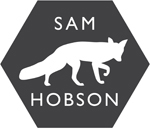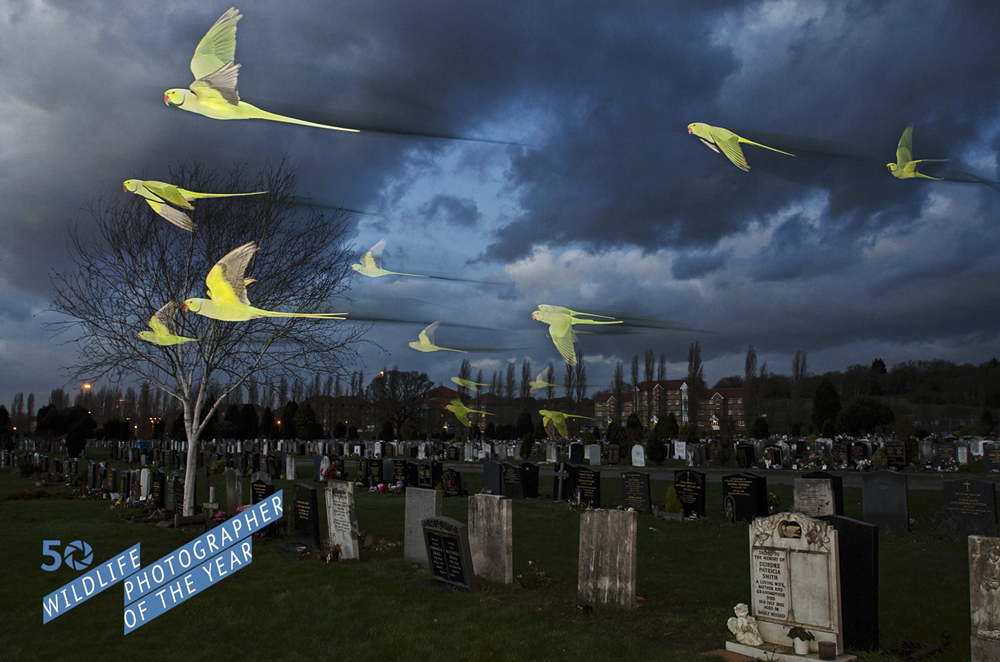UPDATE OCTOBER 25th: LINK TO IMAGE ON WPY SITE
A few images have been released early from this year's special 50th anniversary Wildlife Photographer of the Year, and I'm really excited to finally share that I have been awarded in the birds category. There's a sneak preview of this year’s awards is in the latest BBC Wildlife Magazine, featuring a nice double page spread of my image of parakeets flying through an urban cemetery at dusk.
I’m really happy to be included this year as it’s the 50th anniversary of the awards and my image was chosen from over 41000 entries. I can’t wait to see my picture in the exhibition and book, alongside so many photographers that I respect and that have been such an inspiration to me.
The September BBC Wildlife Magazine will be available in shops from tomorrow and the results of the awards will be announced on the 21st October, when the exhibition will start running at the Natural History Museum and the book containing all of the 50th anniversary awards images will be available.
Competition picture info.
Feral spirits
Just before dusk fell over London, the birds would start to appear. Sam says there were ‘swarms of them coming in low across the cemetery, heading for their roost in the trees just behind me. I’d keep having to duck.’ Ring-necked parakeets, an Afro-Asian species, are now well established in the wild in Britain – the result of escapes and deliberate releases from captivity – and they are thriving in London. Their winter roosts can be huge – Sam had checked out several before opting for this one. ‘There were probably 5,000 birds – the noise was amazing,’ he says. With a constant stream of arrivals squawking past in groups of 20 or30, Sam worked out the parakeets’ typical flight paths. He set up his kit, experimented with various techniques and realised they were coming close enough for him to use a wide-angle lens. With a burst of flash at the end of a long exposure to create their ghostly trails, Sam captured the essence of these eye‑catching aliens in the English urban landscape. By the time it was dark, an hour and a half after the first arrival, the fly‑past of thousands was complete.
Technical specification
Nikon D7000 + 17–35mm f2.8 lens at 17mm; 1/30 sec at f6.3; ISO 800; Nikon Speedlight SB-800 flash + PocketWizard Plus III remote release; Manfrotto tripod.

